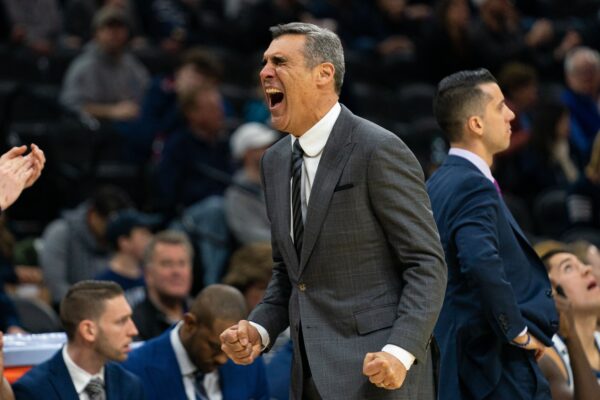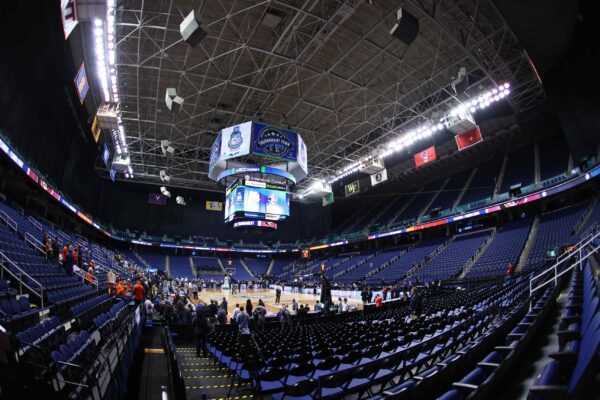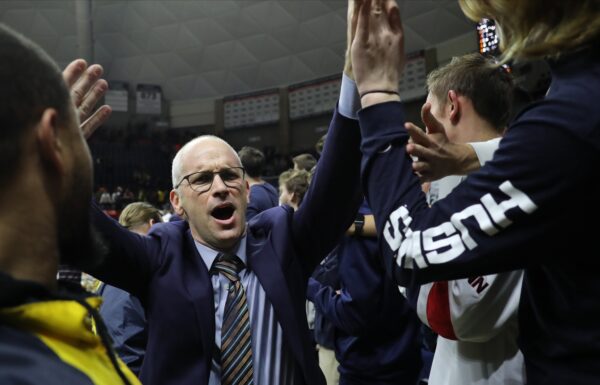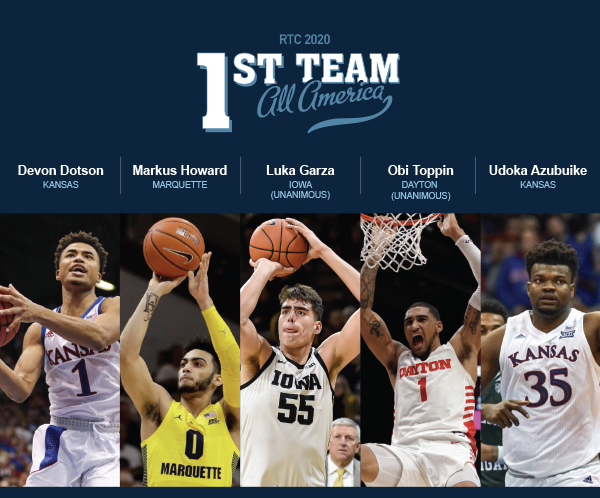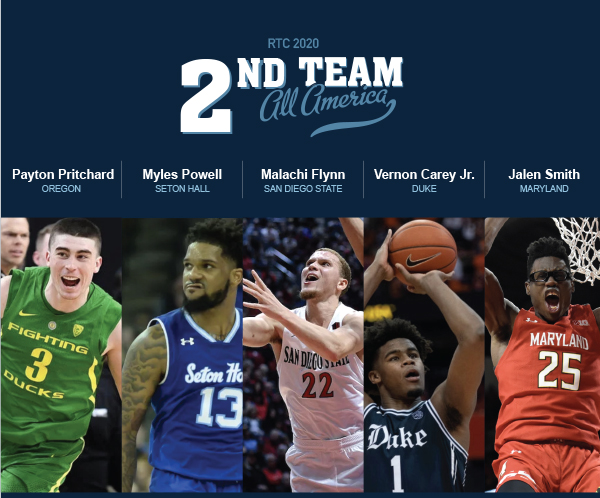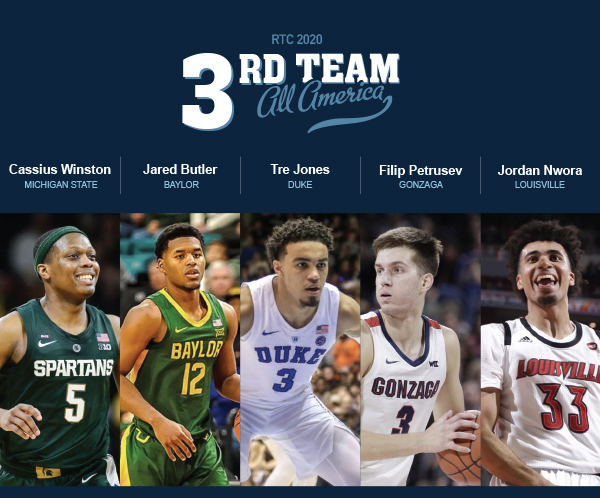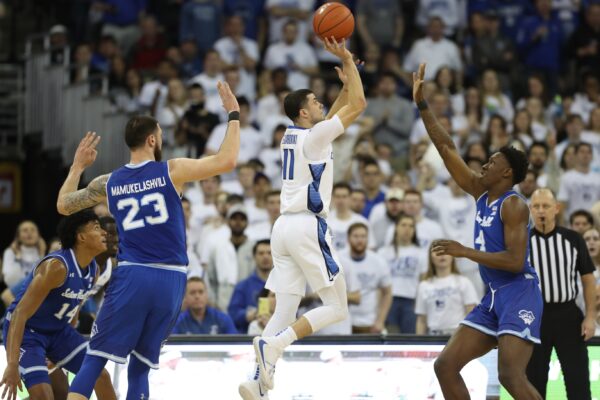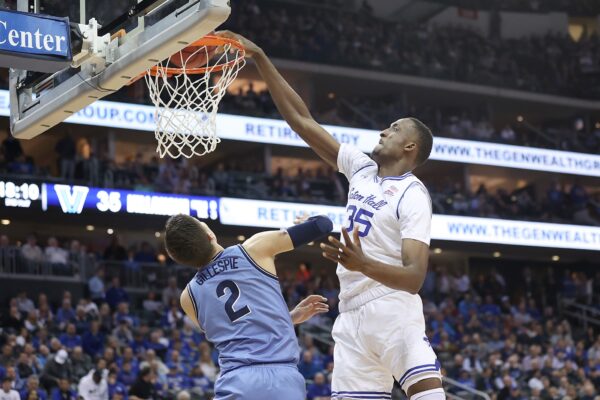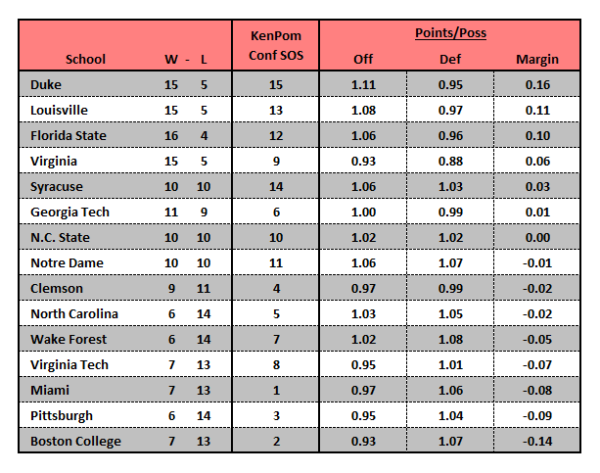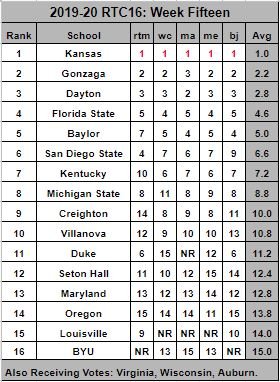Ten Questions to Consider: Marquee Games and Marquee Opportunities
Posted by Matthew Eisenberg on January 15th, 2021While some of this weekend’s action has already been cancelled due to COVID, there remains plenty of games to keep an eye on. Battles at the top of several conferences are taking place and teams coming off of losses have a chance to make quick turnaround statements. Here are 10 questions I have for the games set to take place over the next few days:
- How will Wisconsin respond following its disastrous game at Michigan? (Wisconsin @ Rutgers, Friday, 9 PM EST, Fox Sports 1) After a Nate Reuvers basket at the 6:19 mark of the first half put Wisconsin down three points to Michigan, the Badgers were on the wrong end of a 43-6 run over the next 15:36 of action. Wisconsin’s Brad Davison is averaging just 5.3 points per game over his last four games, having shot 8-of-31 from the field.
- Can Texas Tech steady the hot shooting its opponents have had beyond the arc in league play? (Baylor @ Texas Tech, Saturday, 4 PM EST, ESPN) Heading into Wednesday’s game against Texas, the Texas Tech defense has forced opponents to shoot under 30 percent on the season from beyond the arc, a percentage that is among the top 50 nationally. However, in conference play, that number has risen to 36.2 percent, third worst in the Big 12. Baylor is shooting above 42 percent from deep on the season, currently ranking second in college basketball.
- Can Clemson’s top-ranked defense slow what is currently a one-dimensional Virginia offense? (Virginia @ Clemson, Saturday, 6 PM EST, ESPN) As of Wednesday, no team in the country has a better defensive efficiency than Clemson. While the Tigers are allowing under 87 points per 100 possessions on the season, that has climbed to a tick above 96 points in ACC play, ranking just sixth among ACC teams. For Virginia, while the Cavaliers’ offense is among the nation’s best inside the three-point line, they come in struggling beyond it, shooting an ACC worst 29.5 percent heading into its game against Notre Dame.
- Like Gonzaga has been doing to everyone else, will they simply run Saint Mary’s out of the gym? (Gonzaga @ Saint Mary’s, Saturday, 8 PM EST, ESPN) While the Gaels have been a perennial second banana to Gonzaga in the WCC over the last decade, recent matchups between these teams have not been close. Since the start of the 2016-17 season, Gonzaga has won 9 of the 11 games, with those nine victories coming by an average of 21.6 points.
- Is the Ziaire Williams and Oscar Da Silva pairing the best duo in the country that no one is talking about? (Stanford @ Colorado, Saturday, 2 PM EST, Pac-12 Network) While Stanford five-star freshman Ziaire Williams made headlines with his recent triple-double, not enough attention is being given to senior Oscar Da Silva. Through five Pac-12 games, Da Silva is averaging 21.4 points, 9.2 rebounds and 2.2 assists per game, while shooting above 55 percent from the field, numbers that no recent player has managed to compile throughout a league season.
- Like they have done twice before this season, will Kansas quickly bounce back from its loss earlier in the week? (Iowa State @ Kansas, Saturday, 8 PM EST, ESPN+) Following losses to Gonzaga and Texas, Kansas responded by beating Saint Joseph’s by 22 points and TCU by 29. In the Tuesday night loss against Oklahoma State, Kansas players other than Ochai Agbaji were 1-of-12 from beyond the arc. Over his last two games, freshman Jalen Wilson has scored just 13 total points while committing 10 turnovers.
- Can Minnesota end its skid and takedown the red-hot Wolverines?(Michigan @ Minnesota, Saturday, 2 PM EST, ESPN2) In the first matchup between these teams just 10 days prior, Michigan won 82-57. While three of the four 10-minute segments were played tight, the Wolverines went on a 29-8 run to start the second-half which blew the game open. In that span, Michigan made 12-of-15 from the field, while Minnesota made just 3-of-15 shots. Marcus Carr was the only Golden Gopher to score more than 10 points in the game.
- In Bedlam, which star shines brightest? (Oklahoma @ Oklahoma State, Saturday, 8 PM EST) Oklahoma’s Austin Reaves and Oklahoma State’s Cade Cunningham are the only two players in the Big 12 to currently be averaging at least 15+ points, 5+ rebounds, and 3+ assists per game. Reaves is again off to a poor start from beyond the arc shooting just 27.7 percent, something that plagued him last year as well. In Reaves’ two years at Wichita State prior to joining Oklahoma, he had made 45 percent of his 182 three-point attempts.
- Can Buffalo and Bowling Green manage to defend without fouling? (Bowling Green @ Buffalo, Friday, 7 PM EST, CBS Sports Network) The Bulls and Falcons each currently sit a game behind Toledo in the MAC. Bowling Green and Buffalo have the MAC’s #1 and #2 ranked defensive efficiencies in league play, despite sitting in the bottom two spots in opponent free throw rate. In Bowling Green’s win over Buffalo earlier in the season, its 20 point per game scorer Justin Turner was a perfect 15-of-15 at the line, with Bowling Green finishing the game making 31-of-40 as a team.
- Will North Carolina’s relentless attacking of the offensive glass be too much for Florida State to stop? (North Carolina @ Florida State, Saturday, Noon EST) North Carolina has finished each of the past six seasons with an offensive rebounding rate that was among the top 20 in the nation. North Carolina’s current offensive rebounding rate ranks second in the nation and would be the program’s highest percentage under Roy Williams. In Tuesday’s win over Syracuse, UNC grabbed 24 offensive rebounds, a rate that was above 50 percent for the game. Heading into Wednesday’s action, Florida State ranks 236th in the nation in clearing its defensive glass.





























